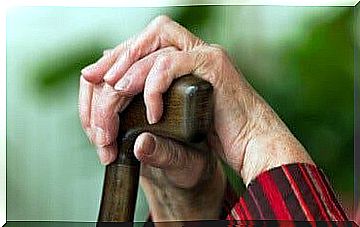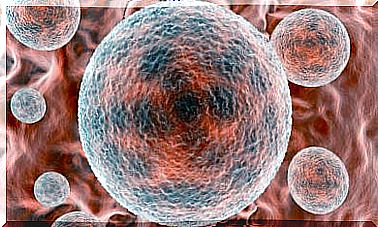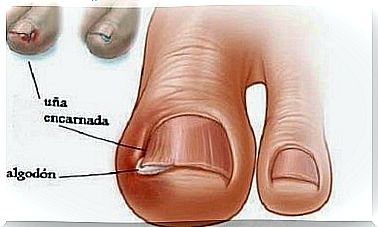Septic Arthritis: Symptoms And Causes
Septic arthritis can cause joint pain, fever, and chills.
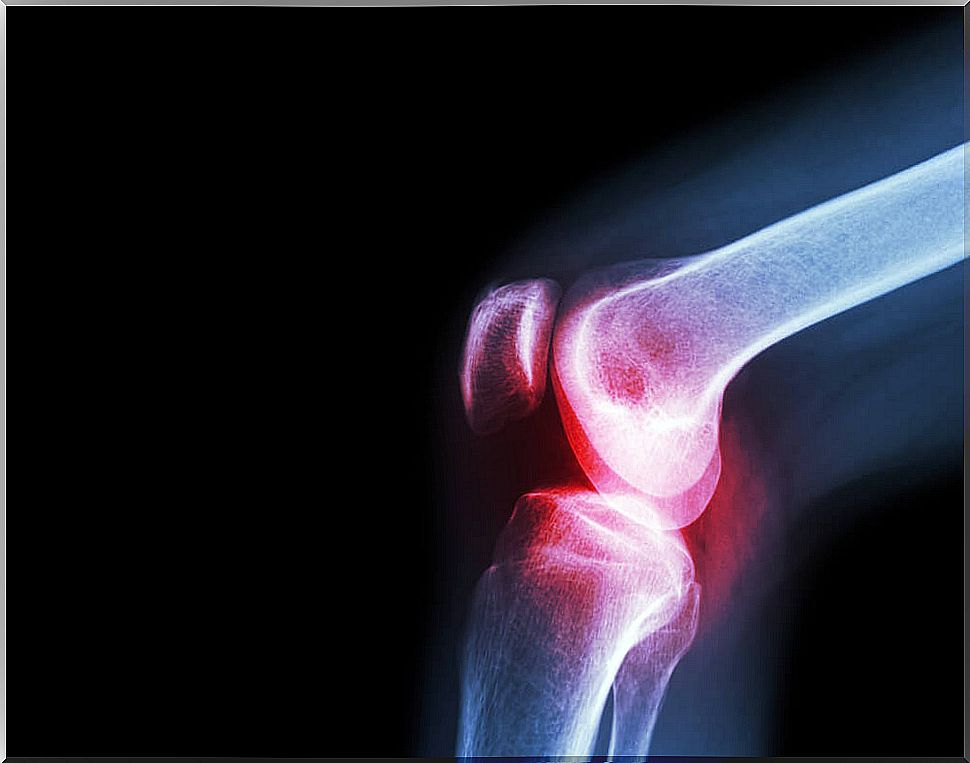
Septic arthritis is a special type of arthritis. Also called infectious arthritis. It consists of the inflammation of a joint due to an infection. This infection can be of bacterial, viral or fungal origin.
Infections can cause arthritis either directly or indirectly. When it is direct, the infectious agent is found in the joint. However, in most cases, the infection begins in another area of the body. It travels through the bloodstream to the joint.
Septic arthritis can have serious consequences for the joint. In this article we explain what it consists of. Keep reading!
Causes of septic arthritis
Septic arthritis occurs when pathogens enter the joint. As we have already mentioned, the most common is that they access through the bloodstream. However, it can also happen that the joint is directly affected. This can happen from an injury or surgery. There are a number of situations that increase the risk of suffering it:
- Bacterial infection in another part of the body.
- Bacteremia: is the presence of bacteria in the blood.
- Joint surgery, for example, to implant prostheses.
- Chronic diseases such as diabetes or rheumatoid arthritis. Medications used for them can suppress the immune system. Therefore, they tend to cause infections.
- People who use intravenous drugs.
- Arthroscopies.
- Trauma
- Skin diseases. Psoriasis and eczema increase the risk.

It is important to note that most cases are caused by bacteria. Staphylococci and streptococci stand out. It can be seen at any age. However, it occurs more frequently in infants. Mainly, the hip or knee is affected.
Symptoms
Symptoms vary depending on the type of infection. Bacterial infections usually affect only one joint. They typically occur on the knee or hip. Any movement of this joint is very painful. Symptoms usually come on quickly. In addition, they are usually accompanied by fever and chills.
When it comes to a viral infection, symptoms usually occur gradually. They cause widespread joint pain, rather than in a single joint. Fungal infections are much less common. The symptoms are mainly:
- In the baby, crying occurs when the joint is moved. They may also have a fever and irritability.
- Severe joint pain
- Redness and inflammation.
- Low-grade fever.
- Pseudoparalysis.
- Shaking chills.
Diagnosis
It is important to take a good medical history. In addition, a complete physical examination must be carried out. Specific symptoms can guide the diagnosis. For example, arthritis due to gonococcal infection often also has genital discharge. Finding out if the patient has had another recent infection is essential.
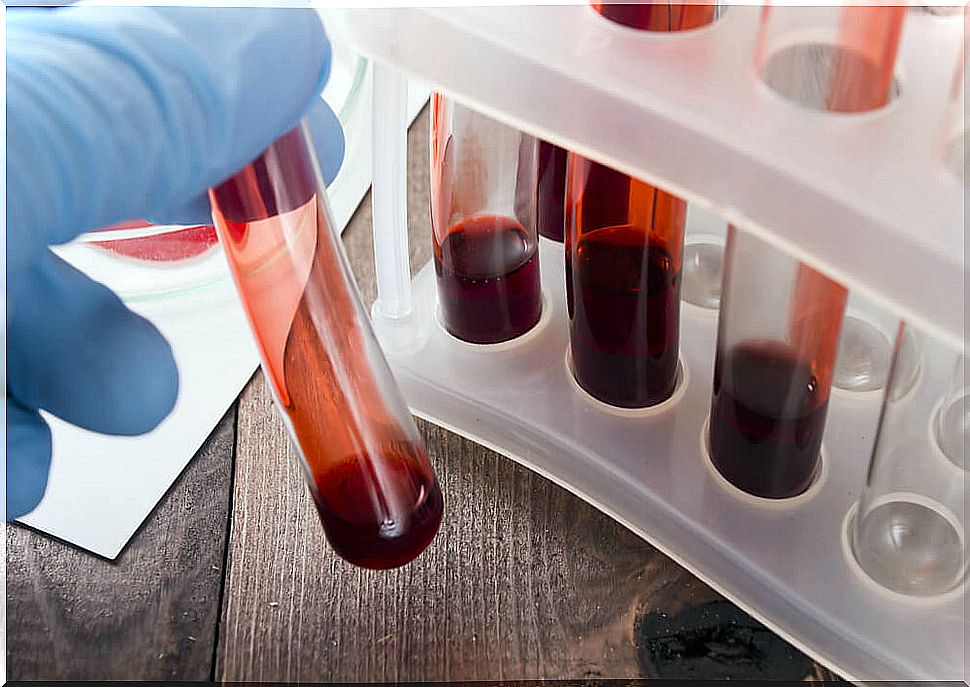
First, blood tests are done . Fluid samples can also be taken from the joints. With it, an analysis under the microscope and a culture is carried out. In this way, it is possible to determine if there is an infection, and identify the bacteria if it were the case.
Also, an X-ray of the affected joint can be obtained. X-rays and other imaging tests can help assess the damage.
Treatment of septic arthritis
To treat septic arthritis , the joint is usually drained. If it is a bacterial infection, antibiotic drugs are used.
To choose the antibiotic it is necessary to know which bacteria is causing the infection. They can be administered orally or intravenously. The age of the patient and his medical history must also be taken into account. When it comes to a viral infection, specific treatments are not usually given.
In addition, to relieve pain, rest is recommended . It is also advisable to apply cold compresses. Anti-inflammatories and analgesics are usually administered as medications.
How the joint is drained
This uses a needle that is inserted into the synovial space. It can be done through arthroscopy or open surgery. In the case of the hip, the needle procedure is more difficult to perform. Therefore, surgery is often used.
In conclusion
It is important to know that septic arthritis most often affects infants and immunosuppressed people. Therefore, you have to be even more alert in these conditions. It is necessary to consult the doctor if the joint hurts, or is inflamed.


